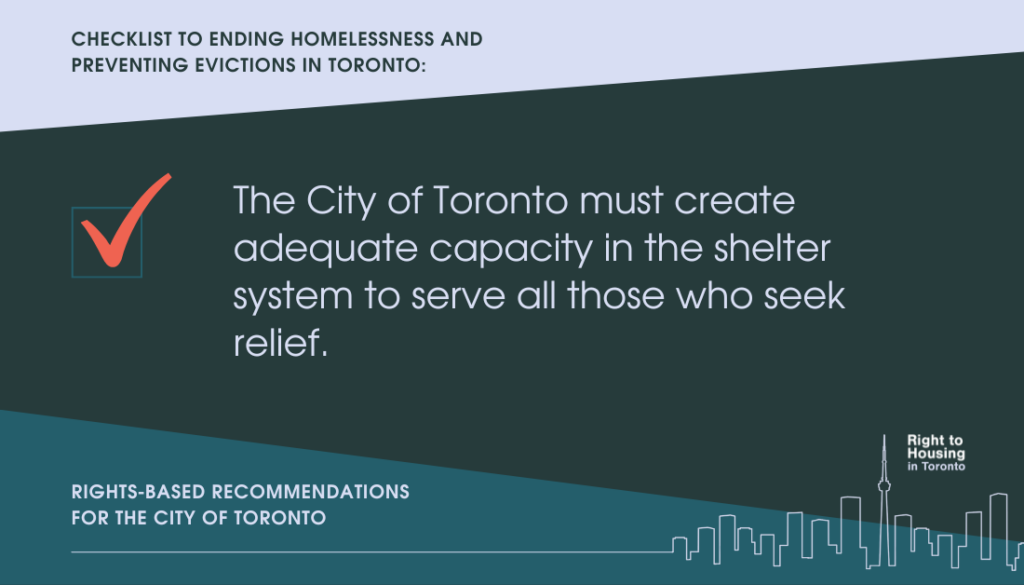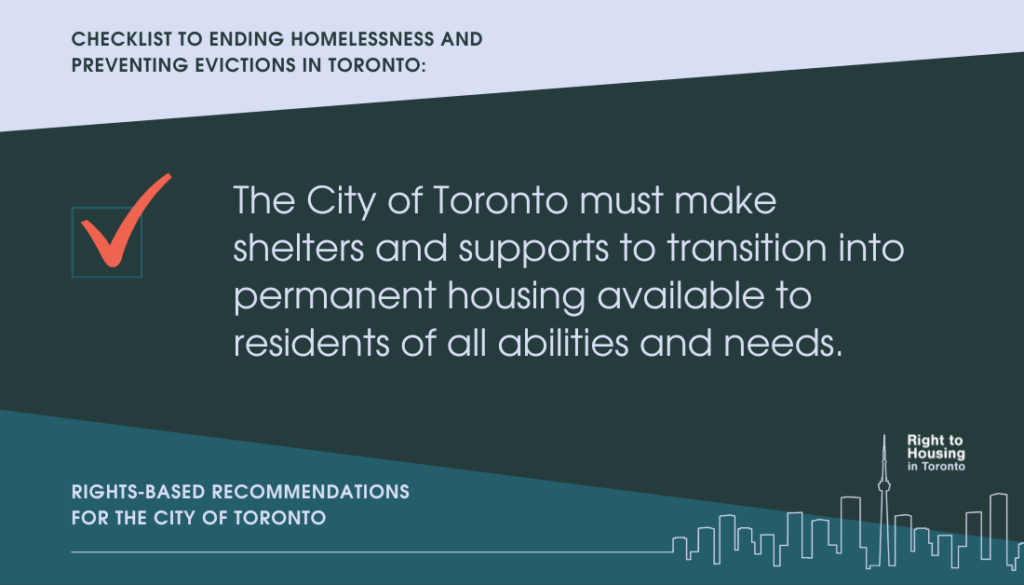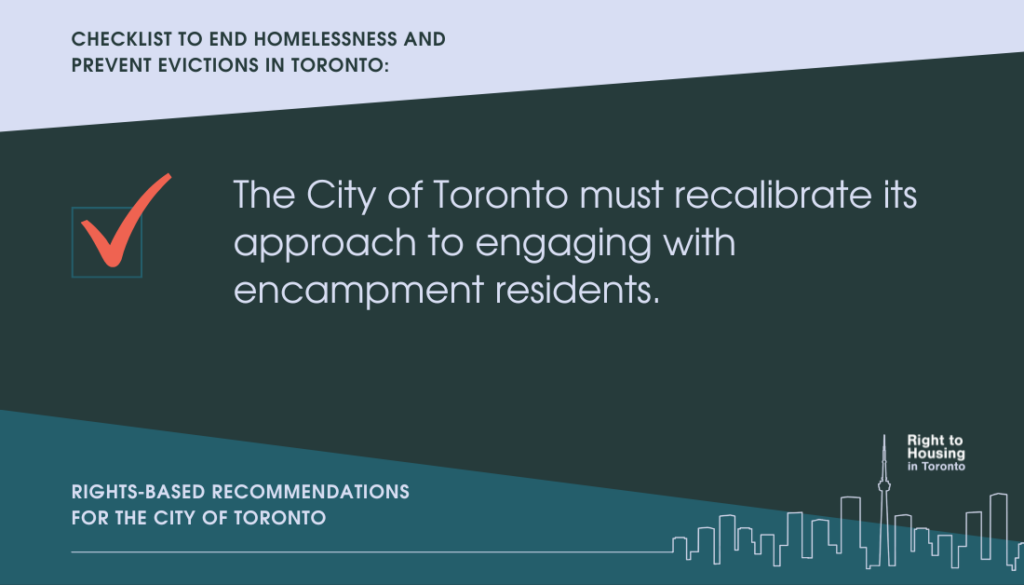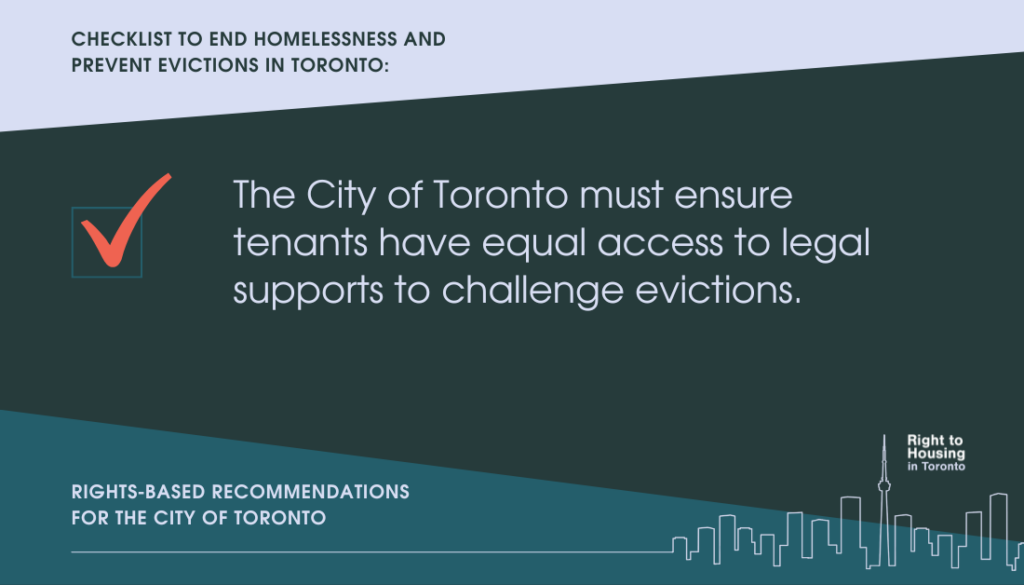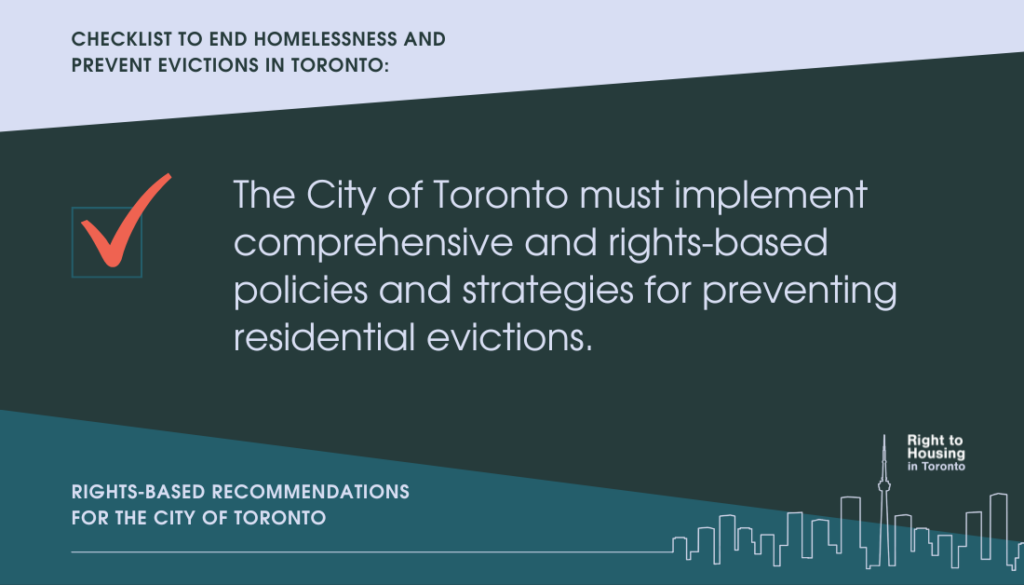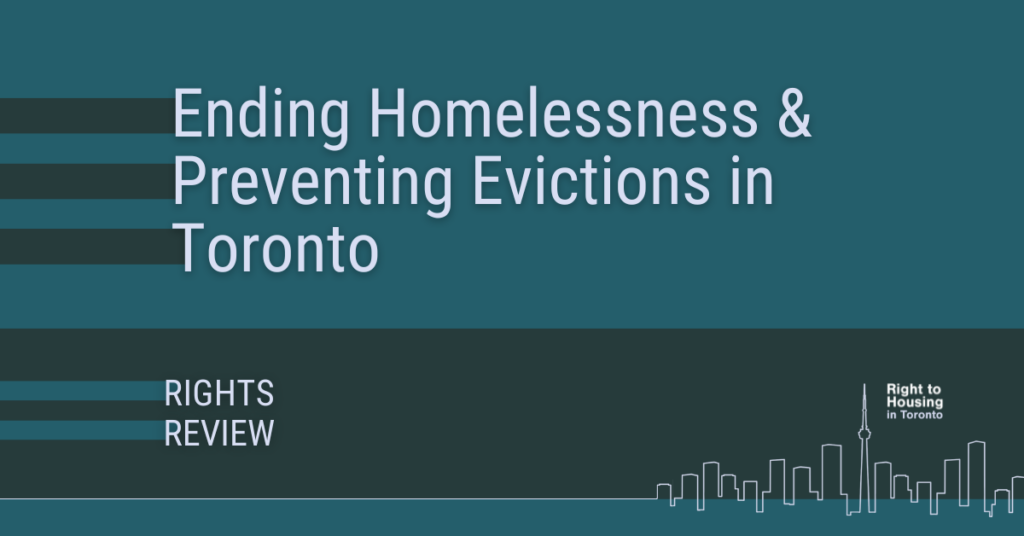
Torontonians continue to face housing instability, insecurity and homelessness. The actively homeless population has spiked to over 10,000 people, which is the highest number the city has ever experienced. Meanwhile, applications for rent relief through Toronto’s Rent Bank program doubled from 2020 to 2022. As economic uncertainty looms large, the risks of people facing various forms of housing precarity will remain significant.
Such instability has innumerable negative effects on an individuals’ wellbeing, ranging from deteriorating mental and physical health to being exposed to an increased risk of violence. The fact that homelessness and housing instability persists means that Toronto still falls well short of progressively realizing the right to adequate housing, a commitment it made in its HousingTO 2020-2030 Action Plan in 2019.
While part of the solution stems from reversing the trend of underinvestment in affordable housing, more immediate interventions are needed. For those who are at risk of being displaced, all available resources need to be made to ensure their security of tenure is protected. Such interventions are much more cost effective than having to provide emergency relief through the shelter system if a person is displaced. However, because the housing system is dysfunctional and because this, in turn, leads to the experiences of homelessness, existing emergency shelters must also be made available to all those who need them at adequate standards.
In this Rights Review, the Right to Housing Toronto network documents the City’s past efforts with eviction prevention and managing the shelter system along with encampments at the height of the pandemic. The report includes key recommendations and considerations to offer useful reference points for the City to take a rights-based approach to preventing evictions and ending homelessness.
A closer look inside the report
The Shelter System
Over the course of the pandemic, the City rapidly opened several spaces in hotels to make up for reductions in spaces in congregate settings because of social distancing measures. Its plans to now close down the hotel spaces comes at a time when homelessness is on the rise and the system is already at capacity. The City must take a more measured approach in decommissioning these hotels while looking proactively for alternative options for more spaces.
Shelter spaces must also be made more accessible and safer in a way that it better meets the needs of its diverse population. For example, deaths in shelters have risen exponentially over the last couple of years signaling a desperate need to enhance resource for harm reduction. A large share of women and gender diverse people experiencing homelessness also warrants greater investments in spaces dedicated for such groups to reduce the risk of violence they may face in other shelters.
In fact, the unsafe and overcrowded nature of the shelter system has left many to choose residence in encampments, a trend that increased significantly over the course of the pandemic. At the same time the City viewed encampments as a problem, and often took an aggressive approach to clearing encampments. Following public pushback, the City has been forced to take a more consultative approach which it must continue and deepen. This means respecting the rights of encampment residents and working with community groups to provide supports and services to residents until they are able to find a permanent housing option that they are comfortable with.
Eviction Prevention
Continued investments in the shelter system and complementary measures to assist encampment residents will be costly. As such, upstream eviction prevention measures will remain critical especially as rents remain unaffordable and the economy weakens. Ongoing initiatives such as the Rent Bank program and Eviction Prevention in the Community program have offered some relief over the last few years, and so should continue with the possibility of more funds being allocated if the need grows. Complementary efforts such as a strong renoviction policy must also be implemented. Providing residents with options to learn about their rights and resources to challenge evictions can help people remain in their homes as well.
Summary of recommendations
The following are the recommendations for the the City of Toronto. Join us in amplifying these recommendations and get our social media kit.
- Adequate capacity must be created in the shelter system to serve all those who seek relief.
- Shelters must guarantee security of tenure.
- Shelters and supports to transition into permanent housing must be made available to residents of all abilities and needs.
- More shelter spaces should be made available to women and gender-diverse people.
- Shelter spaces must contain adequate services and provide safe, comfortable and dignified 5 spaces to live in.
- The City must recalibrate its approach to engaging with encampment residents.
- Ensure Toronto tenants are not evicted because of affordability issues beyond their control.
- Ensure tenants have equal access to legal supports to challenge evictions.
- Implement comprehensive and rights-based policies and strategies for preventing residential evictions.
